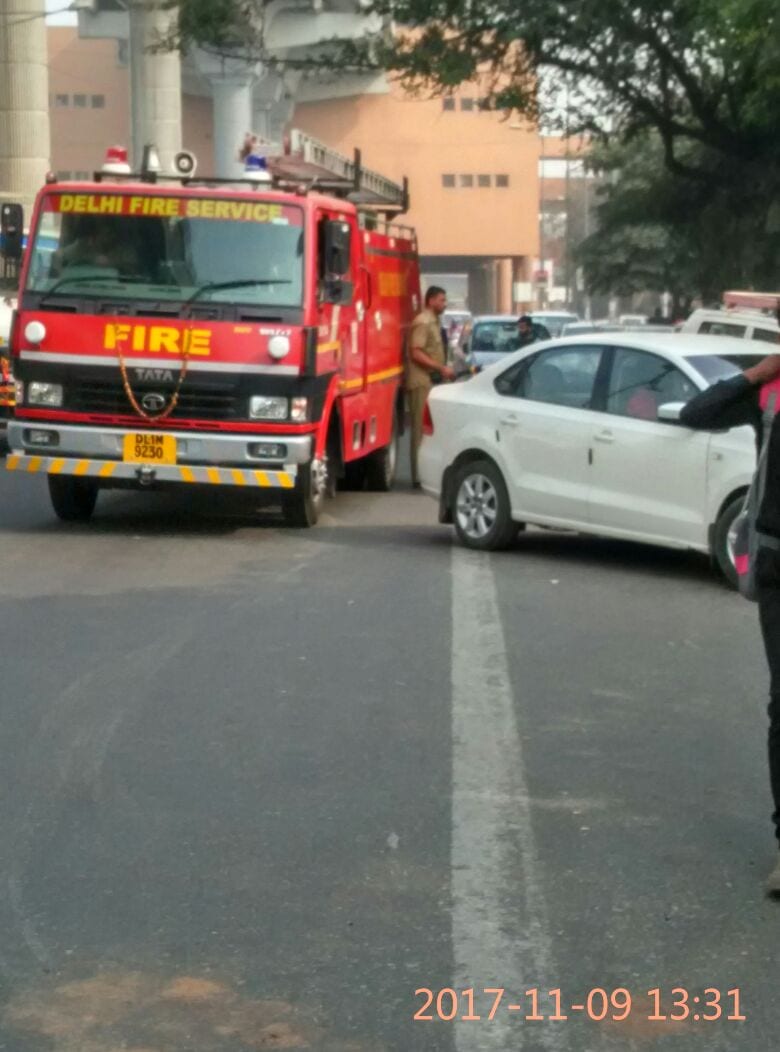Climate
Smog and dust continues to blanket national capital, air quality plunges to ‘severe’ category

Smog and dust continued to blanket the national capital on Wednesday, as air quality in a number of areas fell to the ‘severe’ category.
In its advisory, the System of Air Quality and Weather Forecasting And Research (SAFAR) instructed people to avoid morning walks and any other outdoor activities.
“Stop any activity level if you experience any unusual coughing, chest discomfort, wheezing, breathing difficulty or fatigue and consult a doctor. If the room has windows, close them. Avoid burning anything such as wood, candles or even incense. Masks known as N-95 or P-100 respirators may only help if you go out. Do not rely on dust masks for protection,” read the statement.
The region’s overall Air Quality Index (AQI) was recorded at 442. Experts have predicted that for the next three days, the air quality will remain in the ‘severe’ category.
An AQI between 0-50 is considered good, 51-100 is satisfactory, 101-200 moderate, 201-300 poor, 301-400 very poor and 401-500 is marked as severe/hazardous.
At Lodhi road, the AQI was 312 at 9:15 am, while in Wazirpur area it dipped to severe category at 403. Furthermore, AQI near Mathura road stood at 425.
Experts have further predicted that the national capital will witness hazy sunshine and patchy clouds with the maximum and minimum temperatures hovering at 32 degrees and 18 degree Celsius, respectively.
Speaking to ANI, Sandeep Kumar, a cyclist, said that he is suffering from breathlessness and the air pollution is posing as an obstruction to his activities. “Each day it is becoming difficult for me to breathe as the air pollution is increasing. We first have to change our habits, only then we can bring changes in the environment,” he added.
Another resident of Delhi, Satwendar Singh, was of the view that each year similar issues crop up in Delhi, but no solution has been found to tackle it. “Though the government takes several steps to reduce air pollution, no solution has been found to improve the air quality. It is getting worse year by year,” he noted.
According to the World Health Organisation (WHO), around 3 million deaths a year are linked to exposure to outdoor air pollution. Indoor air pollution, on the other hand, can be just as deadly. In 2012, an estimated 6.5 million deaths (11.6% of all global deaths) were associated with indoor and outdoor air pollution together.
Nearly 90% of air-pollution-related deaths occur in low and middle-income countries.
“Air pollution continues to take a toll on the health of the most vulnerable populations – women, children, and older adults. For people to be healthy, they must breathe clean air from their first breath to their last,” said Dr. Flavia Bustreo, Assistant Director General at the WHO.
Major sources of air pollution include inefficient modes of transport, household fuel and waste burning, coal-fired power plants, and industrial activities.
However, not all air pollution originates from human activity. For example, air quality can also be influenced by dust storms, particularly in regions close to deserts.







































